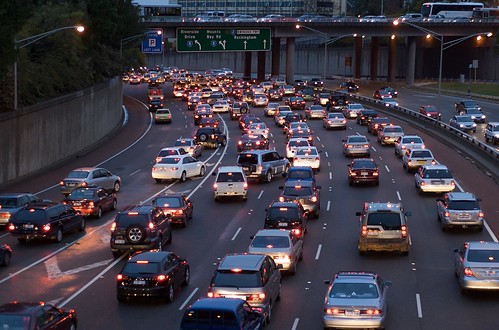Public and Private Sector Leaders Call for Deployment of Intelligent Transportation Systems and Smart Technologies
(Source: National Transportation Operations Coalition)
 A coalition of transportation and technology leaders – including state and local officials, industry and academic leaders and prominent stakeholder organizations – is calling on Congress to focus federal funding in the surface transportation authorization bill on the deployment of smart technologies and innovative solutions in order to create a performance-driven, intermodal transportation system that is safer, cleaner, more efficient and more financially sustainable for communities, businesses and the traveling public.
A coalition of transportation and technology leaders – including state and local officials, industry and academic leaders and prominent stakeholder organizations – is calling on Congress to focus federal funding in the surface transportation authorization bill on the deployment of smart technologies and innovative solutions in order to create a performance-driven, intermodal transportation system that is safer, cleaner, more efficient and more financially sustainable for communities, businesses and the traveling public.
America’s transportation system is facing significant challenges that must be addressed in the next surface transportation authorization bill, from financing our transportation system and reducing traffic fatalities to combating congestion and CO2 emissions. Solving these challenges will require transportation agencies and private sector partners to use all of the tools at their disposal, including intelligent transportation systems (ITS), related technologies, and multimodal operational strategies that can help prevent accidents before they happen, reduce traffic congestion and freight bottlenecks, provide more effective incident and emergency response, reduce energy use and emissions, and enable innovative 21st century financing options.
“As a result of successful research initiatives and private sector innovation, technologies are here today which can help increase safety, reduce congestion and emissions, boost competitiveness, improve system performance, and create more livable and sustainable communities,” the coalition wrote today to House transportation leaders. “While a continued and strengthened research role is still needed, it is critical that state and local agencies and private sector partners make better use of technology to modernize today’s infrastructure and optimize existing capacity, while building smart and efficient roads, bridges, transit systems, and multimodal transportation options for tomorrow’s transportation users.”
